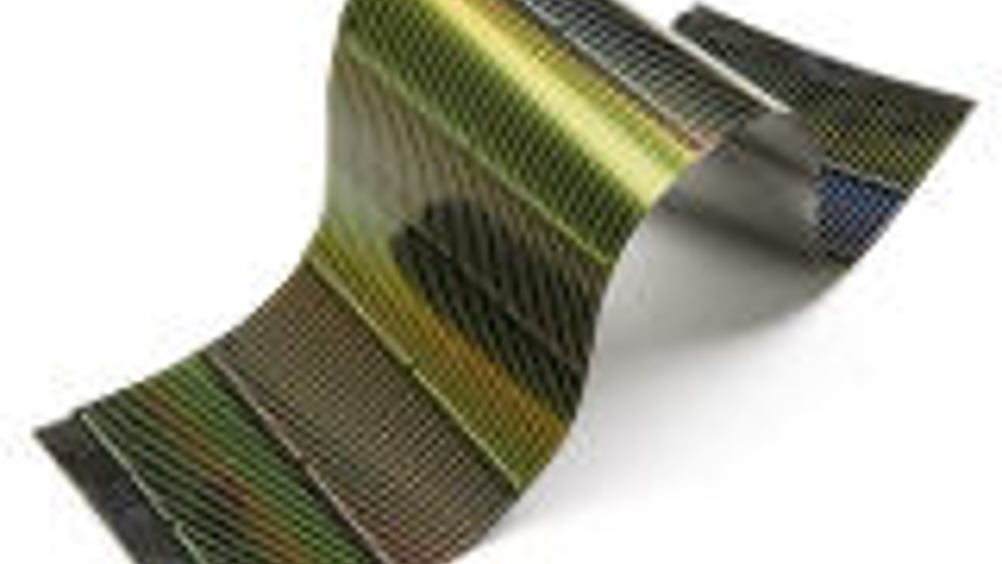Researchers claim breakthrough in thin-film solar cells
2 mins read
Researchers claim to have made a 'major breakthrough' in the search for more efficient thin film solar cells.

According to scientists at Johannes Gutenberg University (JGU) in Mainz, computer simulations have highlighted a new way of increasing the efficiency of copper indium gallium selenide (CIGS) thin-film solar cells.
The work, conducted as part of the federal government-funded comCIGS project, has been published in the latest edition of Physical Review Letters.
Thin-film solar cells are gaining an increasing proportion of the solar cell market as they are only a few micrometres thick. Currently, the highest level of efficiency of about 20% is achieved by CIGS thin-film solar cells, which absorb the sunlight through a thin layer made of copper, indium, gallium, selenium, and sulphur. However, the levels of efficiency achieved to date are nowhere near the levels theoretically possible.
The team, headed by Prof Dr Claudia Felser uses computer simulations to investigate the characteristics of CIGS. The researchers' focused particularly on what's known as the 'indium/gallium puzzle'. Although it has been assumed on the basis of calculations that the optimal indium:gallium ratio should be 30:70, in practice, the maximum efficiency level has been achieved with the exactly inverse ratio of 70:30.
With the support of IBM Mainz, Christian Ludwig of Prof Felser's team undertook new calculations with the help of a hybrid method in which he used a combination of density functional calculations and Monte Carlo simulations: a class of computational algorithms that rely on repeated random sampling to compute the results.
Dr Thomas Gruhn, head of the theory group in Prof Felser's team, explained: "Density functional calculations make it possible to assess the energies of local structures from the quantum mechanical point of view. The results can be used to determine temperature effects over wide length scale ranges with the help of Monte Carlo simulations."
With the aid of the simulations, it was discovered that the indium and gallium atoms are not distributed evenly in the CIGS material. There is a phase that occurs at just below normal room temperature in which the indium and gallium are completely separate. If the material is heated to above this demixing temperature, differently sized clusters of indium and gallium atoms do form. The higher the temperature, the more homogeneous the material becomes. It has now become apparent that gallium-rich CIGS is always less homogeneous than indium-rich CIGS. Because of this lack of homogeneity, the optoelectronic properties of the gallium-rich material are poorer, resulting in the low efficiency levels of gallium-rich CIGS cells - an effect that has now been explained for the first time. The calculations also provide a concrete indication of the best way to manufacture CIGS solar cells. If it is produced at higher temperatures, the material is significantly more homogeneous. To retain the desired homogeneity, the material then needs to be cooled down sufficiently rapidly.
In practice, it was the limited heat resistance of the glass used as a substrate for solar cells that has always restricted process temperatures, but a significant breakthrough has also recently been made here. Schott AG has developed a special glass with which the process temperature can be increased to well above 600°C. The cells that result from this process are considerably more homogeneous, meaning that the production of cells with a much greater efficiency level has become possible. But the comCIGS project researchers are already thinking ahead of this. "We are currently working on large-format solar cells which should outperform conventional cells in terms of efficiency,"added Gruhn. "The prospects look promising."












